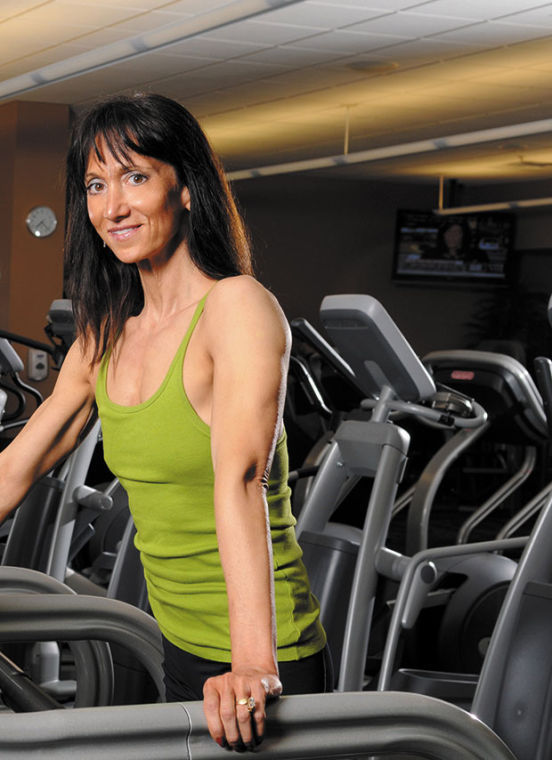Passion for push-ups
Published August 17, 2016
Just like we have seen in the fashion industry, technological advances, and social media, the king of all upper-body exercises has grown up and evolved over time. No longer must we rely upon that old mental image of the “drop and give me 20” push-up. Through the years, experts and novices alike have come up with some interesting variations on the tried-and-true, body-weight-only push-up.
Something as simple as altering the hand placement can have a profound effect on this exercise. By placing the hands much further apart than directly under the shoulders, the pectoral muscles actually take a back seat to the deltoids in terms of carrying the primary load. Placing the hands so that the first fingers and thumbs of each hand are touching, thereby creating a triangle in the middle, a push-up will now elicit the help of different muscles, ones seemingly untapped in a more traditional push-up position.
As many seasoned lifters know, most strength-training exercises have both a primary mover and a secondary assistor. In the case of the pectoral (chest) muscles, the assistor is generally the triceps muscle. If a push-up is executed with the arms close together, elbows pointing down toward the hips, and the body shifted decidedly forward, virtually all of the work is being done by the triceps. If you have never experienced this exercise, give it a try…and see if those upper arms end up screaming for mercy after about 15-20 repetitions! If so, you have hit the execution accurately! (As my clients often say, “It hurts so much more when you do it right!”)
Another variation to introduce in the name of alleviating push-up boredom is the tempo of the move. In place of a steady down-2-counts-up-2-counts rhythm, experiment with tempos such as down-3-HOLD 2-up-1-explosively, or the inverse, down-1-HOLD-2-up-3-slowly. To begin, warm up with 10 traditional push-ups. Rest 30 seconds, then launch into one of these variations for a set of 10, rest another 30 seconds, and then complete 10 reps of the final tempo. Rest for 60-90 seconds, and repeat the whole series.
One of my favorite variations is the 1-handed push-up. Made popular by many military-type workouts, this push-up relies partially on the proper placement of the feet, for added stability. By placing the feet wider than shoulder-width apart, and 1 hand in the center between the shoulders (other hand behind the lower back), the body effectively assumes a tripod position, fully capable of supporting the upward-downward movement of the push-up. The deltoid muscle in use is doing the majority of the work here, so before attempting, make sure your shoulders are in good health!
By incorporating some of these varieties into your regular upper-body training programs, you will be rewarded not only with a more interesting session in the gym, but also a beautifully sculpted torso. As always, a win-win situation!
















